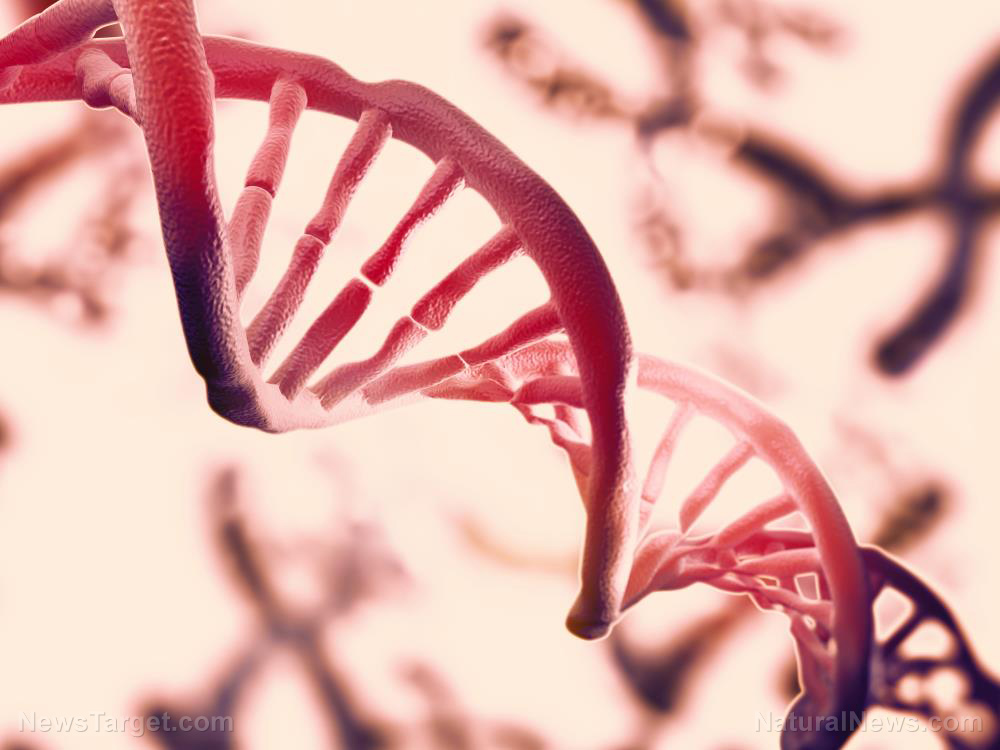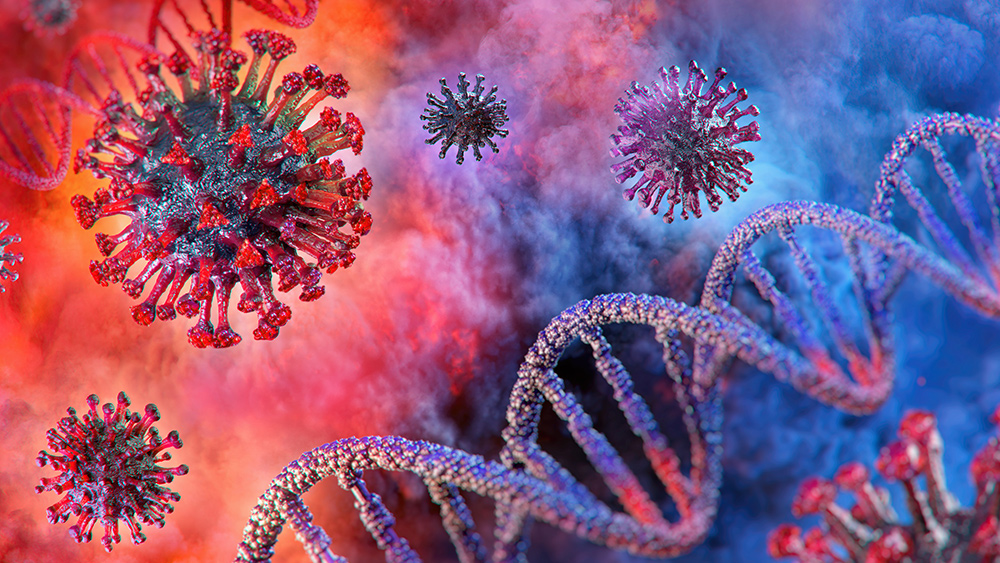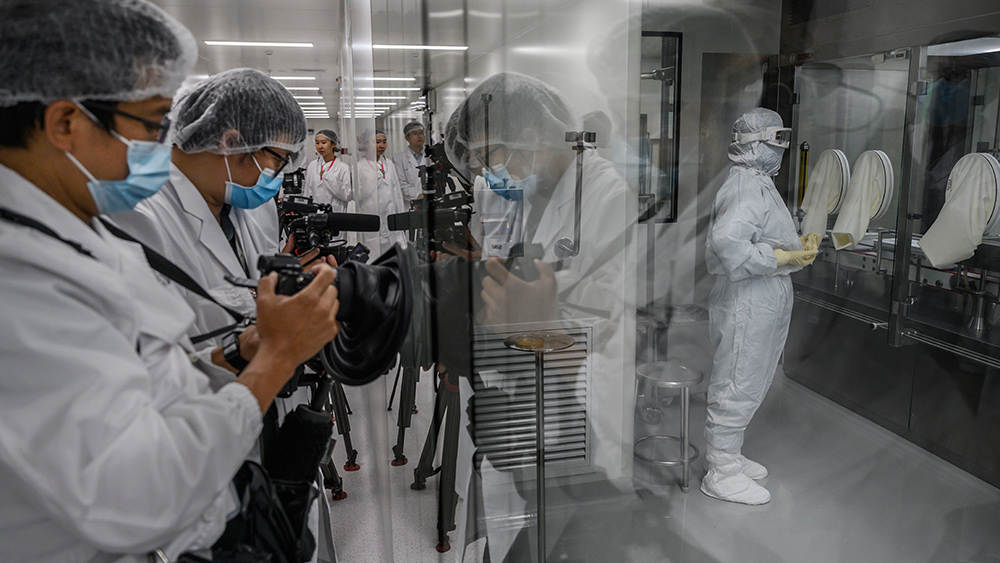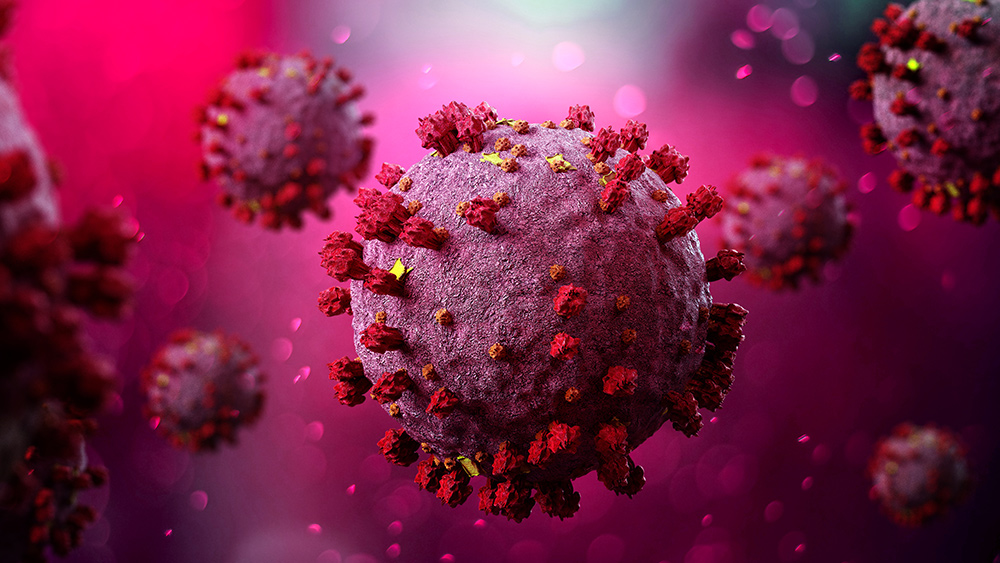Shady “Clean Label Project” seemingly running “black box” junk science operation that rates clean protein powders as contaminated based on sketchy “detectable” heavy metals claims
11/14/2022 / By S.D. Wells

It is looking more and more like the “Clean Label Project” is just a huge scam project that falsely accuses certain protein powders of being heavily contaminated with heavy metals, when all they’re doing is pointing out that heavy metals were “detectable” at the parts per billion level. If this were the standard, nearly every food and beverage product in the world would need to be recalled right now. The “Clean Label Project” itself does not appear to be ‘clean’ in the way it’s going about food inspections, attacking and smearing the reputation of certain dietary supplements that, from a scientific and nutritional standpoint, are not anything to worry about at all.
Spreading false alarms about healthy supplements is nothing new, and the Clean Label Project may be engaged in dangerous scientific fraud making wild claims
Junk science has been around for some time, where companies and organizations pretend to be doing quality research in food labs and supplement inspections, but really it’s just some big food or big pharma goons trying to discredit the healthy food movement that’s gaining momentum every year.
The not-so-clean Clean Label Project released results of studies sounding the alarms about contaminants in infant formulas and baby food back in March, and now protein powders, but their “studies” are nothing like peer-reviewed research, and these so-called studies are not even published, just random “ratings” with stars on their website. This, though, they consider their “War on Contaminants,” leaving much to be desired for the clean food mission that we should all be on daily, these days especially.
So, in other words, because some independent chemical lab (think mobile home like Breaking Bad here) says they ‘blind tested’ for 120 toxins and contaminants, how can consumers make any judgment whatsoever, when we still don’t know the measurements they found? So they tested for “antibiotics” and “pesticides.” Great. Where are the specifics?
Testing for and publishing the DOSAGE of pesticides or heavy metals is key to judging whether the product is safe or dangerous for consumption
Even the best water filters don’t get everything out, including some trace levels (parts per billion) of heavy metals like lead or aluminum. Fluoride is even tougher to remove from water. But this article is not even about contaminants in water, and you cannot compare water contaminant levels to food contaminant levels. They are two totally separate standards, because people drink lots and lots of water each day, way more than any one food item. Anyone applying water standards to food doesn’t know much about the science of clean food.
Are we talking about high levels of contaminants or very low levels, because little stars for ratings don’t mean anything to science. That’s more for movie or restaurant reviews. What does “detectable” mean? What is “detectable” depends on the sensitivity of the lab instruments, which varies widely. With a sensitive enough instrument, 100% of all foods can show “detectable” traces of lead, for example, because there is at least one lead atom in every food item in the world. This does not mean such food items are dangerous or even “contaminated.” Until you have a rational discussion about concentrations of lead in food or protein powders, you’ve done nothing useful in the discernment between clean food vs. dangerous food.
So far, research reveals that the Clean Label Project has very low levels of credibility, especially when it comes to food science. If they themselves are to be “rated” on food science and clean food inspection credibility, they would get only 1 star, at best. Until they share the raw data they have and start understanding food standards (instead of trying to apply water standards to food) it’s all a very shady business, and might just exist to give clean food a bad name.
Sources for this article include:
Submit a correction >>
Tagged Under:
conspiracy, deception, food ratings, food science, fraud, Lab Testing, lies, products, real investigations, science, science clowns, science deception, toxins
This article may contain statements that reflect the opinion of the author
RECENT NEWS & ARTICLES
COPYRIGHT © 2017 SCIENTIFIC NEWS




















